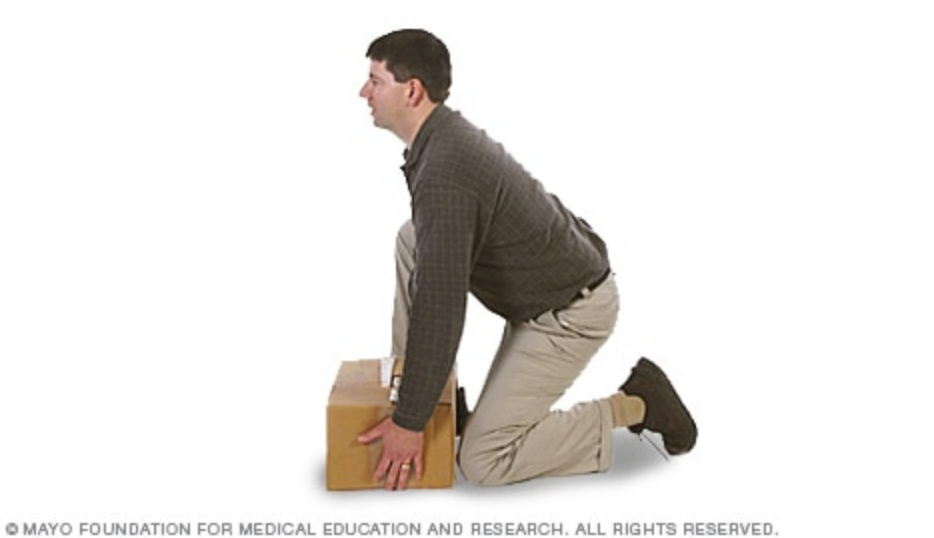The inevitability of heavy lifting
If you work on the technical or behind-the-scenes side of any area of production, performance, film or live entertainment you will inevitably have to do some heavy lifting. It’s just something that’s part of the job and comes with the territory.
If you have to lift items often, doing it the wrong way can definitely have negative and painful effects on your back and spine over the long term. Knowing the correct way to lift without putting undo strain on your back will serve you well both in your professional and personal lives. Correct techniques and tools for lifting are what we’ll be discussing in today’s installment.
Correct steps for lifting heavy objects from the floor
Proper technique for lifting heavy objects is not rocket science. But in the moment, many people forget to adhere to the correct technique and end up going for a quicker or more convenient, but ultimately detrimental method. Below are the proper steps for lifting heavy objects with some pictures and information obtained from the Mayo Clinic’s website.
Step 1: Be prepared
Before doing any heavy lifting, it might make sense to utilize some assistance. If you’re going to be doing a lot of lifting you should seriously consider wearing a back support brace or belt. This will help in maintaining proper position as well as keeping the natural curve in your lower back and spine. You can find excellent and inexpensive options in many places. Feel free to start here.
Additionally, even though the focus is on the back and spine here, it should be noted that depending on the items that are being lifted, gloves would be appropriate as well to protect your hands (you can’t go wrong with Gig Gloves!).
Step 2: Start in a safe position
It goes without saying that if an item is too large, too cumbersome or too heavy for you to safely lift on your own, ask for help. Or if the item can be broken down into smaller pieces, do multiple trips with lighter weights.
That being said, when you do have to lift a heavy piece of equipment on your own, start in a safe position. Kneeling down on one knee or squatting are two safe ways to start, as shown below. Get as close to the item as possible and keep it close to your body.
One way not to start when lifting heavy objects? Bending at the waist in a standing position. This is the most common way that people do tend to lift things. But it’s a sure way to bring on back pain and discomfort if done too much.
Step 3: Lift with your legs
From either of those positions, stand up straight while maintaining the natural curve in your spine. Again, keep the object as close to your body as possible. If the weight of the object is not evenly distributed (like a powered speaker where the side that the built-in amplifier is heavier than the side with the speaker cone), keep the heavier side closer to your body and not vice versa. Now, let your legs do the work! Whether you started in a kneeling or squatting position, use the muscles in your legs to stand up, not your back muscles, as shown below.
Step 4: Avoid twisting, keep the object close
As you’re carrying the object continue to keep it close to your body. Engage the muscles in your core. If you need to turn, turn with your feet as you walk and avoid twisting your body.
Obviously these are general pointers. Sometimes there are items that you’ll need to heave onto your shoulder or carry it in some other way. But the main thing to keep in mind is always to avoid putting the strain on your back and to allow your legs to do the lifting and engage your core muscles to offset the weight balance of having a heavy item out in front of your body.
Hopefully this has been helpful for you. Until next time, stay safe and sound.





